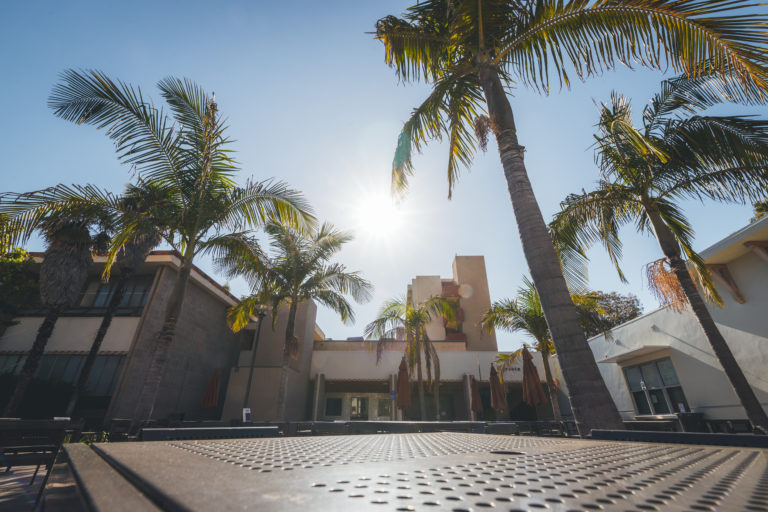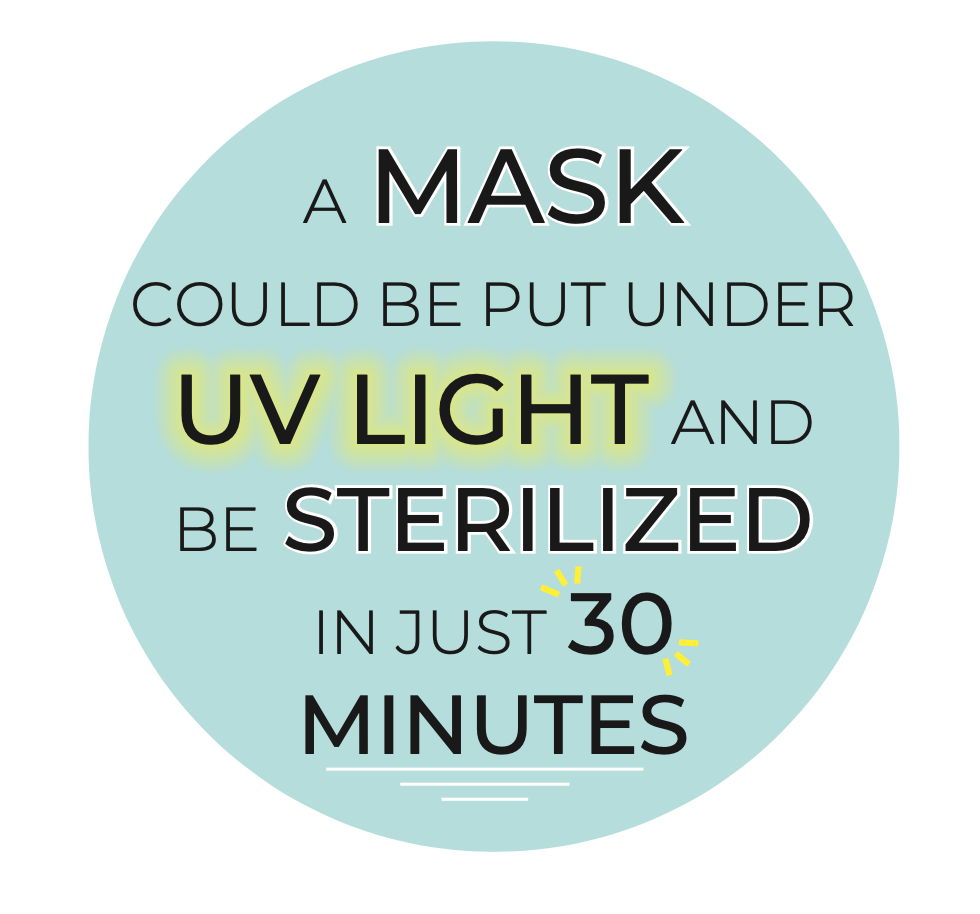
Amy Wang
Contributing Writer
During the devastating COVID-19 pandemic, proper sanitation is required to keep us safe as the country shifts towards reopening. UC Santa Barbara’s Solid State Lighting & Energy Electronics Center (SSLEEC) has been researching ultraviolet light-emitting diodes (UV LEDs) that could potentially combat the virus.
SSLEEC has been working on creating white and blue LEDs for a while, and recently shifted its focus to make UVC LEDs. UVC LED has been proven to kill bacteria and spores and inactivate viruses. It does so by tuning the light’s wavelength to 200-280 nanometers, the optimal range for disinfection.
UVC LEDs are meant to disinfect surfaces but are dangerous to humans — they cause skin irritation and damage to eyes. The World Health Organization discourages using ultraviolet lamps to sanitize skin.
According to Steven DenBaars, co-director of SSLEEC and professor of engineering and materials at UCSB, this research began as a search for ways to purify water. However, the organization transitioned to making the production of UVC LEDs more efficient and inexpensive as a result of the COVID-19 pandemic. Fabricating semiconductors by using silicon carbide to grow aluminium gallium nitride structures is an inexpensive way to replicate the UVC LEDs.
“A mask could be put under UV light and be sterilized in just 30 minutes,” DenBaars said in an interview with The Bottom Line.
There are existing UVC LED products on the market catered for disinfection, but these are generally more expensive because of the materials they use. One example is mercury vapor.

DenBaars and his team are focused on improving the efficiency of their LEDs to drive the cost down.
“This is similar to improving the efficiency of a lightbulb, but with ultraviolet light instead of visible light.” he said. “In a few years, I can see a UVC LED light bulb being sold for a couple dollars.”
“Right now it’s quite hard to decontaminate groceries, but you can radiate your food with UV light,” DenBaars said. “UV LEDs are a nontoxic way to disinfect, but it requires improvements in safety protocol and in the cost.”
UVC LEDs can even help decontaminate air. To disinfect air, a particle filter in an heating, ventilation, and air conditioning (HVAC) system would be used for circulation while a UVC light purifies the air. This would allow for particles to be filtered out while the light killed any viruses and bacteria.
With COVID-19 looming over us, technological breakthroughs in UV light could be a key for returning to normalcy. SSLEEC will keep at work on improving its UVC LEDs.










